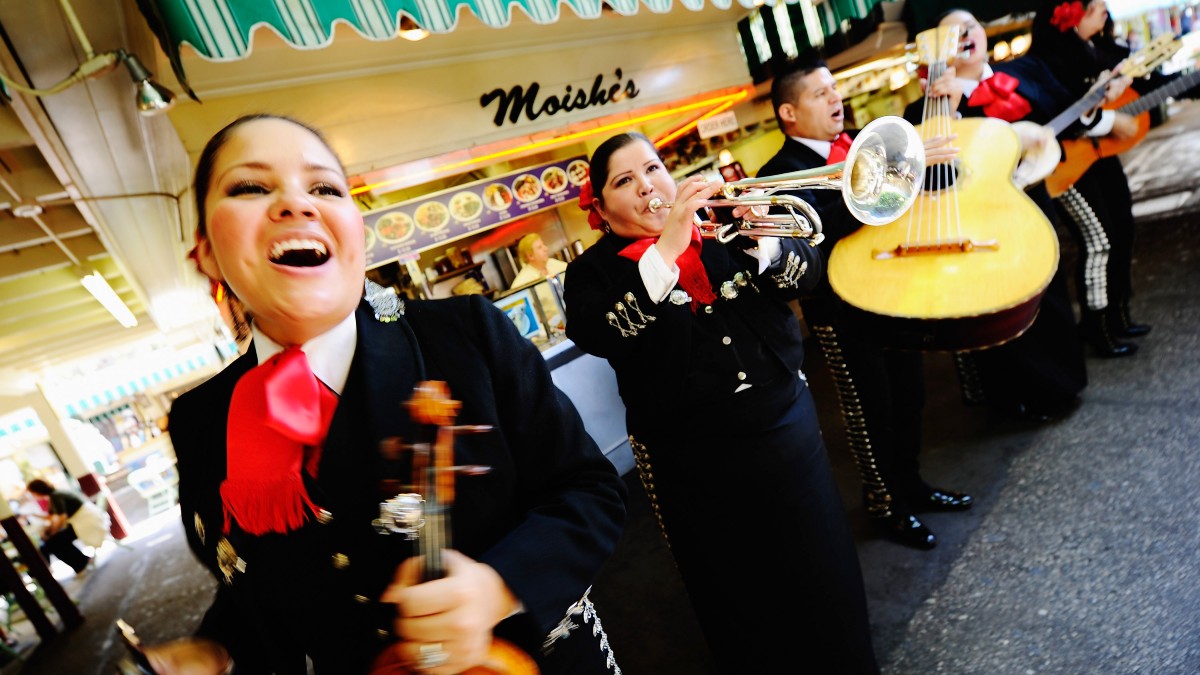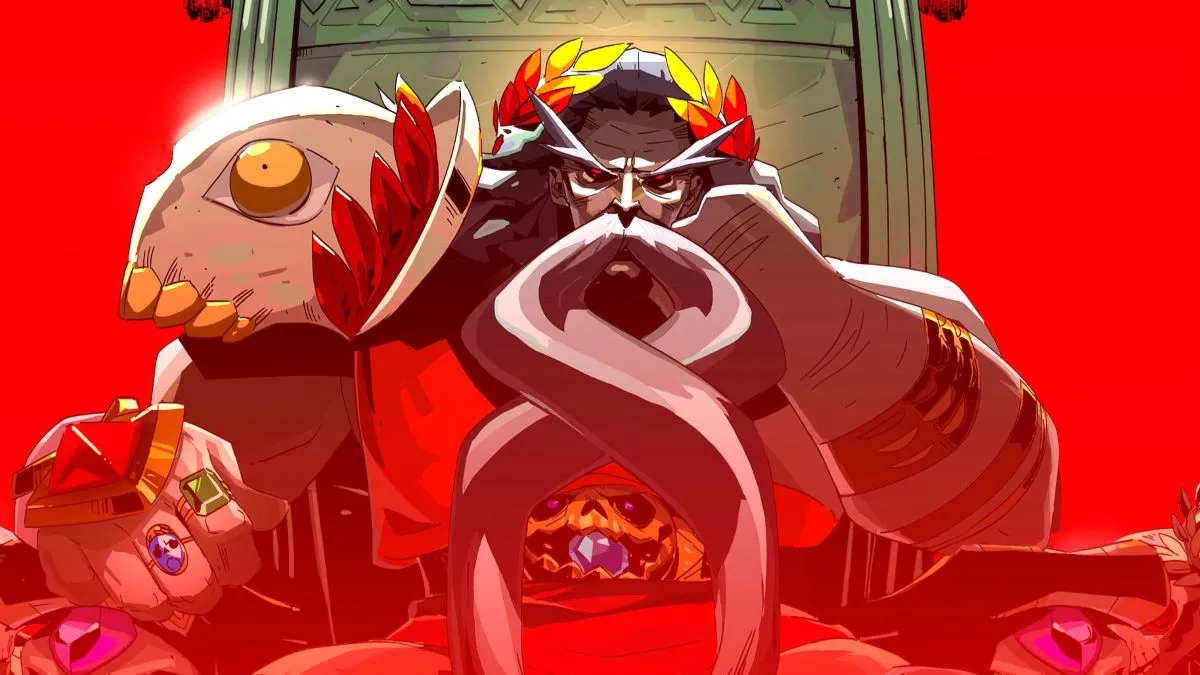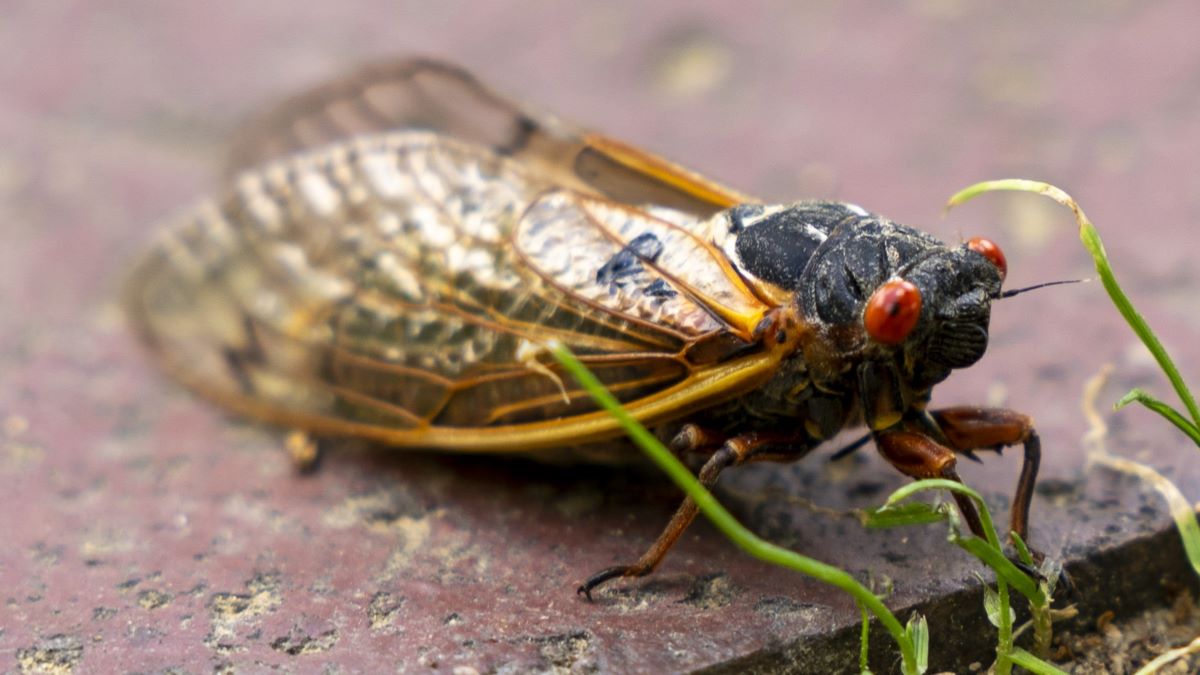Every year as May rolls around, I find myself getting a little extra excited. Not because of my birthday or anything (that was back in February, thank you very much), but because it means Cinco de Mayo is just around the corner.
Cinco de Mayo, which translates to the fifth of May in Spanish, is a day that has become synonymous with a whole lot of tequila. Across the United States, and yes, in parts of Mexico too, Cinco de Mayo has morphed into a grand fiesta of cultural celebration, and it doesn’t matter if your daily Spanish is limited to “hola.” It’s almost an all-you-can-eat buffet of Mexican culture, where you have traditional Mexican music, mariachi bands, vibrant colors, delicious food (tacos and churros!), and an overall sense of community and camaraderie.
If you’re like me, that’s a lot.
In Mexico, particularly in the state of Puebla, there are military parades, recreations of the battle, and other patriotic festivities. Meanwhile, here in some U.S. cities, you’ll find massive street festivals with live performances and vendor booths. In others, it’s more about the bar scene, with themed drink specials and rowdy crowds. And then there are the more family-friendly events, like community picnics and cultural exhibitions.
If you’ve never been to a Cinco de Mayo party, you’re missing out on a chaotic blend of fun, where everyone ends up wearing a sombrero by the end of the night, regardless of how the party started.
It’s a chance to dance badly to reggaeton (no, just me?), and debate whether cilantro is a gift from the heavens or tastes like soapy doom (it’s the former, fight me). But for those of us who can’t handle our tequila as well as we’d like to think, Cinco de Mayo surely serves as a humble (and possibly painful) reminder the next morning.
But what exactly is Cinco de Mayo, and how did it become such a popular holiday? Well, the name Cinco de Mayo simply comes from the date of this historic battle, which commemorates the Mexican army’s victory over the French Empire at the Battle of Puebla back in 1862. I know, it probably sounds about as exciting as watching paint dry, but stay with me here. The thing is, the Mexican army was outnumbered and outgunned, but they still managed to pull off this epic underdog victory. And ever since then, Mexicans (and a bunch of other people who just really like to party) have been celebrating this David vs. Goliath moment.
Look, at the end of the day, Cinco de Mayo is what you make of it. With all the craziness going on in the world, it’s nice to have a day where we can just let loose, put on our sombreros, and dance like no one’s watching.
And if you find yourself swearing off tequila on May 6… well, I’ll see you again next year, same place, same regrets.







